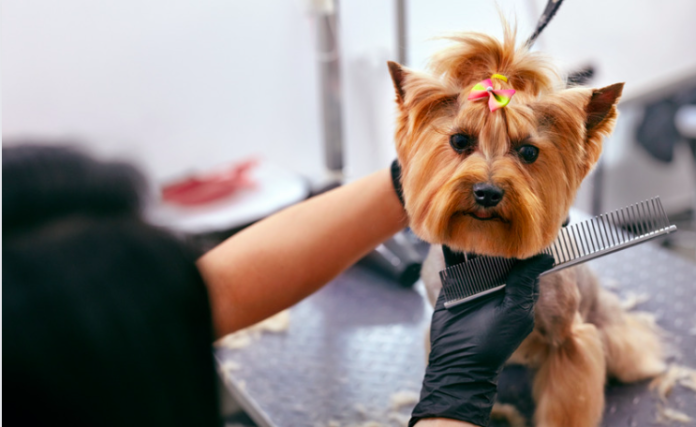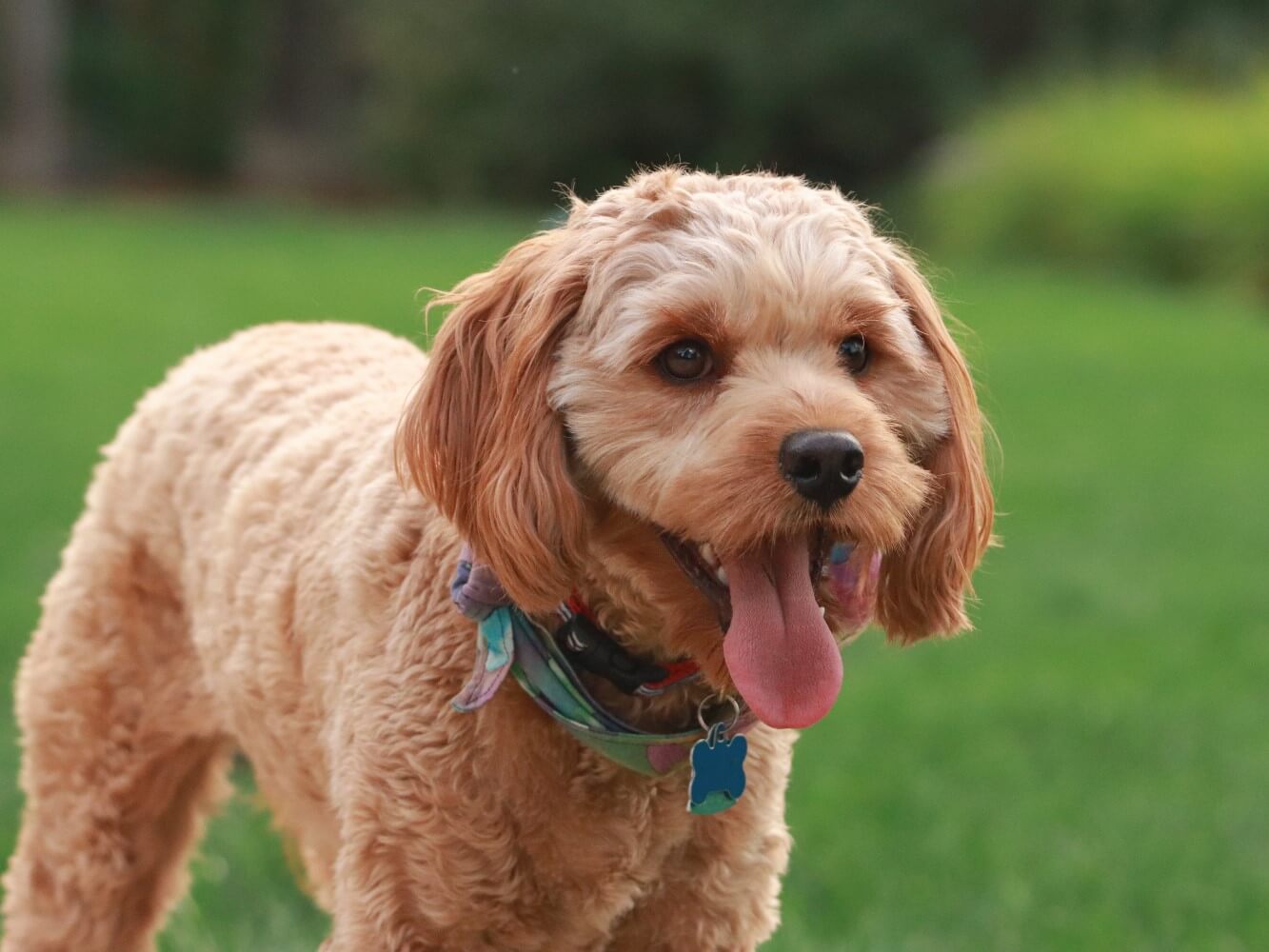Last Updated on February 14, 2024 by Fumipets
Dealing with Allergies in Dogs: Grooming Tips for Allergic Pets
As pet owners, witnessing our furry friends struggle with allergies can be a challenging experience. Allergic reactions in dogs can manifest in various ways, from skin irritations to respiratory issues, making it crucial for pet owners to manage these allergies effectively. Grooming plays a pivotal role in alleviating allergy symptoms and ensuring the pet’s comfort.
In this comprehensive guide, we will explore grooming tips for allergic pets, empowering pet owners with the knowledge to create a supportive environment for their beloved companions.
Understanding Allergies in Dogs
Before diving into grooming tips, it’s essential to grasp the common triggers of allergies in dogs. Allergies can result from:
-
Environmental Allergens:
-
-
- Pollen, mold, dust mites, and other airborne particles.
- Outdoor allergens that pets may come into contact with during walks or playtime.
-
-
Food Allergies:
-
-
- Certain ingredients in pet food, such as grains, beef, chicken, or artificial additives.
-
-
Contact Allergies:
-
-
- Reaction to substances like certain fabrics, cleaning products, or even grooming products.
-
-
Flea Allergy Dermatitis:
-
- Hypersensitivity to flea saliva, causing intense itching and discomfort.
Grooming Tips for Allergic Pets
1. Regular Brushing:
- Purpose: Remove loose fur, dander, and external allergens.
- Tips: Choose a brush suitable for the dog’s coat type. Brushing outside helps prevent indoor allergen accumulation.
2. Bath Time Matters:
- Purpose: Cleanse the skin, remove allergens, and soothe irritations.
- Tips: Use hypoallergenic shampoos specifically formulated for allergic pets. Bathe the dog regularly, but not excessively, to avoid drying out the skin. You can use dry dog shampoo for better results.
3. Allergen-Free Grooming Products:
- Purpose: Minimise exposure to potential allergens found in regular grooming products.
- Tips: Opt for fragrance-free, hypoallergenic grooming products. Read ingredient labels carefully and consult with the vet if unsure.
4. Consider a Limited-Ingredient Diet:
- Purpose: Address potential food allergies contributing to skin issues.
- Tips: Consult with vet to determine if a limited-ingredient or hypoallergenic diet is suitable for pet.
5. Protective Measures During Outdoor Activities:
- Purpose: Minimise contact with outdoor allergens.
- Tips: Wipe pet’s paws and coat after outdoor activities. Consider protective clothing for dogs prone to contact allergies. Dog paw palm also helps in protective dog paws
6. Flea Prevention:
- Purpose: Prevent flea infestations that can trigger allergic reactions.
- Tips: Use veterinarian-recommended flea prevention methods, including topical treatments or oral medications.
7. Air Purification:
- Purpose: Reduce airborne allergens indoors.
- Tips: Invest in air purifiers with HEPA filters. Regularly clean and vacuum the home to minimise dust and dander.
8. Regular Vet Checkups:
- Purpose: Monitor pet’s overall health and address allergies promptly.
- Tips: Schedule regular checkups with the vet. Discuss any changes in behavior, skin conditions, or allergy symptoms.
9. Mindful Ear and Eye Care:
- Purpose: Prevent infections and irritations in sensitive areas.
- Tips: Use vet-approved ear and eye cleaning solutions. Check and clean these areas regularly, especially for dogs prone to allergies.
10. Comfortable Resting Area:
- Purpose: Create a safe and allergen-free space for pets.
- Tips: Use hypoallergenic bedding. Wash and vacuum pet resting areas frequently.
Conclusion
Dealing with allergies in dogs requires a multifaceted approach, and grooming plays a crucial role in managing symptoms and promoting the pet’s well-being.
By implementing these grooming tips, pet owners can create a supportive environment that minimizes allergen exposure and enhances the overall quality of life for their allergic companions.
Remember, each pet is unique, so it’s essential to tailor these tips to the dog’s specific needs. Consult with a veterinarian for personalized advice and embark on a grooming routine that prioritizes the pet’s comfort and health. With the right care and attention, you can provide an allergic pet with a happy, itch-free life.


















